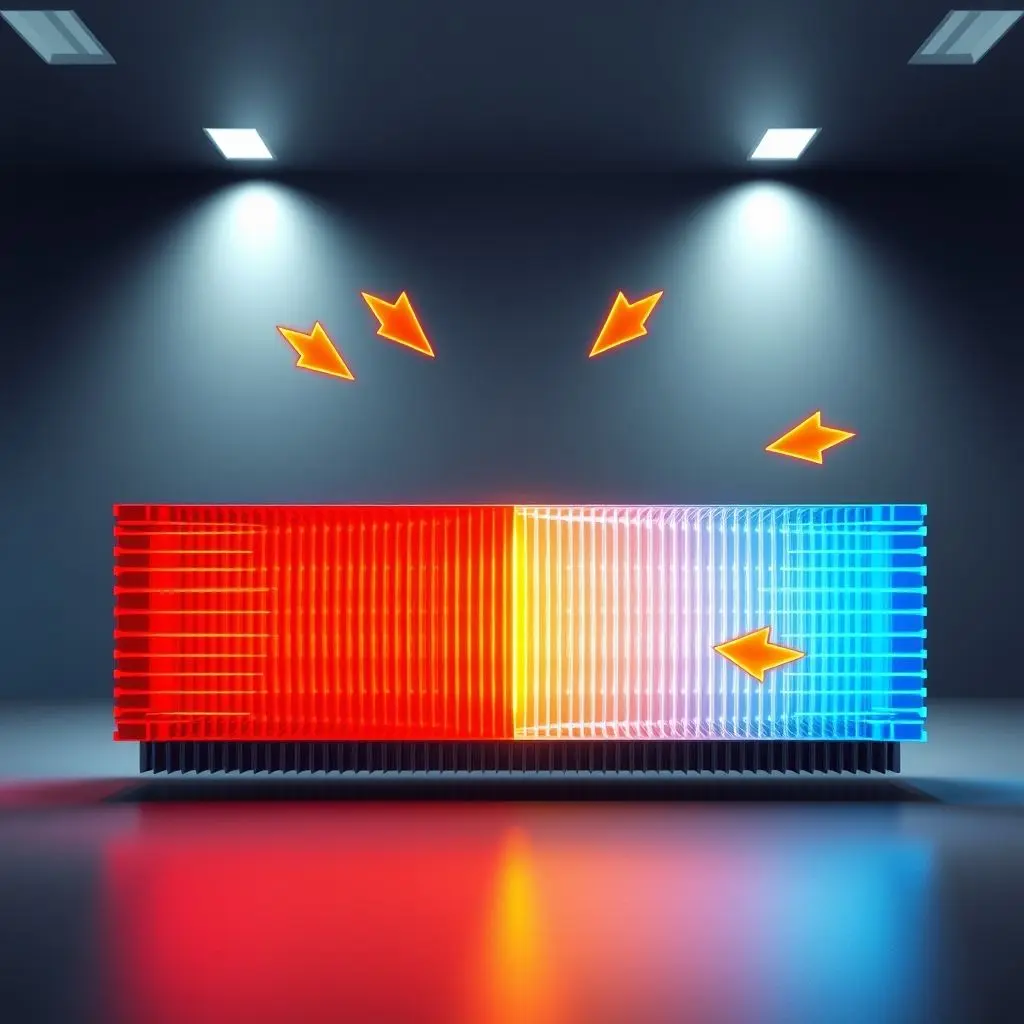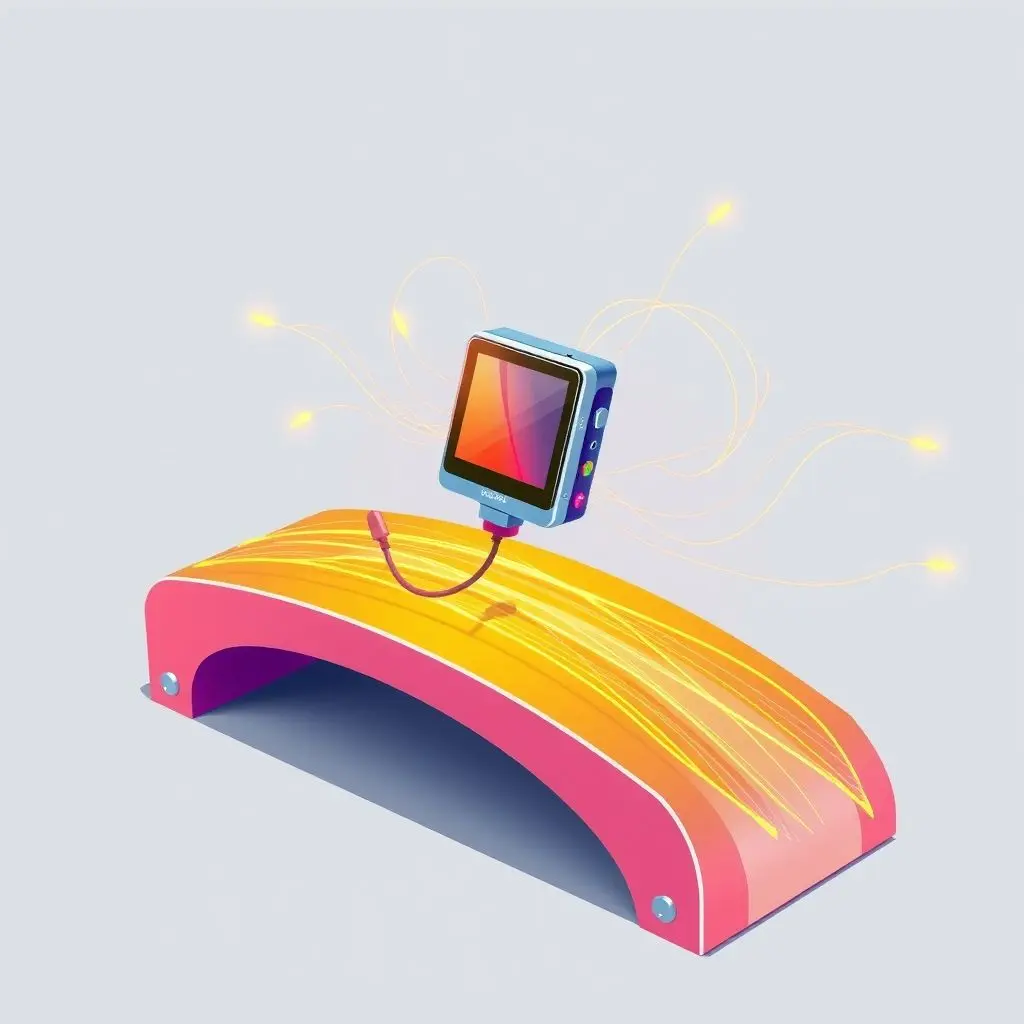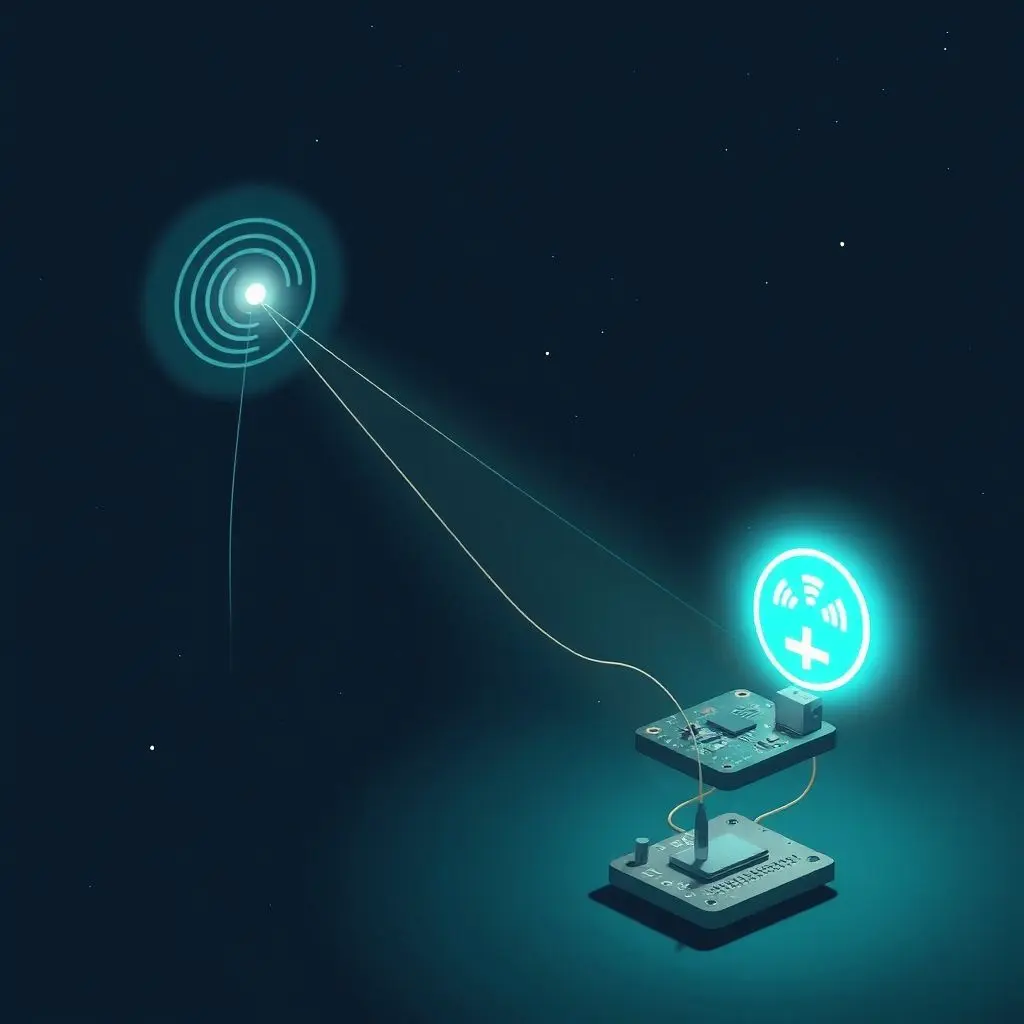Imagine a world where tiny gadgets, sensors nestled in remote locations, or even your fitness tracker, never need a battery change or a trip to the charger. Sounds like something out of a sci-fi film, right? Yet, this is precisely the promise held by a burgeoning field of technology known as energy harvesting.
At its heart, energy harvesting is about capturing and converting the energy that’s all around us – the ambient energy that’s often just wasted or dissipated into the environment. We’re talking about everything from the faint glow of indoor light and the subtle vibrations of machinery to the heat emanating from your own body or the myriad radio waves zipping through the air.
This ever-present energy is a virtually untapped resource, waiting for innovative technologies to come along and scoop it up, transforming it into usable electricity. Think of it as giving devices the ability to forage for their own power, becoming self-sufficient and infinitely more versatile.
Curious to see a quick glimpse into this fascinating world? We put together a little something to spark your interest:
Pretty neat, huh? It challenges the traditional notion that devices must rely on finite energy storage like batteries or constant connection to a power grid.
Table of Contents
Why Does Harvesting Ambient Energy Matter?
The implications of effectively harnessing ambient energy are far-reaching, impacting various sectors and paving the way for new possibilities:
- Sustainability: It reduces reliance on traditional batteries, which have environmental costs associated with their manufacturing and disposal. Tapping into renewable ambient sources aligns perfectly with green technology goals.
- IoT and Sensors: The explosive growth of the Internet of Things (IoT) means billions of sensors deployed in hard-to-reach places (infrastructure monitoring, environmental sensing, agriculture). Replacing batteries in these devices is logistically challenging and expensive. Energy harvesting offers a path to perpetual operation.
- Wearable Technology: Imagine smartwatches, health monitors, or hearables that are powered by your movement or body heat. This eliminates charging hassles and improves user experience.
- Remote and Off-Grid Applications: Devices needed in places without existing power infrastructure – weather stations, structural health monitors on bridges, wildlife trackers – can become truly autonomous.
- Reduced Maintenance Costs: For large-scale deployments of wireless sensors, eliminating battery replacements translates into significant cost savings over the lifespan of the system.
Key Sources of Ambient Energy and How We Tap Them
Ambient energy isn’t a single phenomenon; it comes in multiple forms, each requiring specific technologies for capture and conversion.
Solar Energy (Photovoltaic Harvesting)
Perhaps the most well-known form, solar energy harvesting uses photovoltaic (PV) cells to convert light directly into electricity. While large solar panels power homes and grids, miniaturized PV cells are effective for small devices, especially in outdoor or well-lit indoor environments.
The principle is based on the photovoltaic effect: photons from light strike a semiconductor material (like silicon), knocking electrons loose and creating an electric current. The efficiency depends on the light intensity and the specific material used.
Applications: Solar-powered calculators (a classic!), outdoor sensors, smartwatches, remote environmental monitors, low-power indoor IoT devices.

Thermal Energy (Thermoelectric Harvesting)
Anywhere there’s a temperature difference, there’s potential for thermal energy harvesting. This method utilizes the Seebeck effect, where a voltage is produced across a conductor or semiconductor when there is a temperature gradient along it. Thermoelectric generators (TEGs) are solid-state devices built from p-type and n-type semiconductor materials arranged in pairs (couples).
When one side of the TEG is heated and the other is cooled, charge carriers move from the hot side to the cold side, creating a voltage and thus an electric current.
Applications: Wearable devices powered by body heat, sensors on industrial machinery harvesting waste heat, systems capturing heat from pipes or exhaust vents, powering sensors in remote cold environments using a small heat source.

Vibration and Mechanical Energy (Piezoelectric & Triboelectric Harvesting)
Kinetic energy from movement, vibrations, or strain can also be converted into electrical power. Two primary mechanisms are used:
Piezoelectric Effect: Certain materials (like specific ceramics or polymers) generate an electric charge when subjected to mechanical stress or vibration. Conversely, they change shape when an electric field is applied. By strategically placing piezoelectric materials where vibration or strain occurs (e.g., on a bridge, next to a motor, within shoe soles), the mechanical energy causes them to deform, producing a voltage.
Triboelectric Effect: This involves generating charge through friction between two different materials, similar to static electricity. By designing devices where materials repeatedly touch and separate (e.g., flexible layers rubbing against each other with vibration), charge is separated and can be harvested. Triboelectric nanogenerators (TENGs) are an active area of research.
Applications: Powering sensors on vibrating machinery, harvesting energy from footsteps (in floors or shoes), powering sensors in tires from road contact, structural health monitoring on bridges or buildings, energy harvesting from wind-induced vibrations.

RF (Radio Frequency) Energy Harvesting
Our environment is saturated with radio waves from Wi-Fi, cellular networks, broadcast TV, and radio. RF energy harvesting captures these ambient electromagnetic waves and converts them into usable DC power using a rectifier circuit and antenna.
While the power density from ambient RF sources is often very low, it can be sufficient for ultra-low-power devices or to trickle-charge a storage element over time, especially when the device is close to a strong RF source.
Applications: Powering passive RFID tags (a basic form of this), low-power sensors in smart buildings or retail environments, providing backup or supplementary power for tiny devices.

Other Potential Sources
Researchers are also exploring other ambient sources, such as chemical energy from microbial fuel cells (using bacteria to generate electricity), osmotic energy (from salinity differences), and even static electricity generated by movement.
Challenges on the Path to Ubiquity
Despite its incredible potential, energy harvesting isn’t without hurdles:
- Low Power Output: Ambient energy sources are often diffuse and intermittent. The power generated is typically in the microwatt to milliwatt range, which is only sufficient for very low-power electronics or requires energy storage (like a supercapacitor or tiny rechargeable battery) to accumulate enough power for periodic operation.
- Efficiency of Conversion: Converting one form of energy to electrical energy always involves losses. Improving the efficiency of harvesting mechanisms is crucial.
- Source Variability: Sunlight intensity changes, vibrations aren’t constant, temperature gradients fluctuate. Harvesting systems need to be designed to handle this variability and potentially store energy for when the source is unavailable.
- Integration Challenges: Integrating harvesting modules into small, low-cost devices requires advancements in materials science, microelectronics, and packaging.
The Horizon Looks Bright
Overcoming these challenges is an active area of research and development. Advances in materials (nanomaterials, flexible electronics), low-power electronics design, and efficient energy storage are steadily bringing energy harvesting closer to mainstream applications.
As devices become more power-efficient, the amount of energy needed to run them decreases, making energy harvesting an increasingly viable option. This synergy between low-power design and ambient energy capture is crucial for the future of truly autonomous and sustainable electronics.
The vision of billions of connected devices operating without the need for manual power management is becoming a tangible reality, fueled by the smart capture of the energy that surrounds us every moment.
Frequently Asked Questions (FAQs)
What is the primary difference between energy harvesting and traditional renewable energy?
Traditional renewable energy (like large solar farms or wind turbines) typically generates significant amounts of power for grids or large applications. Energy harvesting focuses on scavenging much smaller amounts of energy from local, ambient sources to power low-power, often mobile or distributed, electronic devices.
Is ambient energy harvesting powerful enough to replace batteries entirely?
In many cases, for low-power devices with intermittent operation, yes. For devices requiring continuous or high power bursts, energy harvesting is often used to supplement or extend battery life, or to charge a small energy storage device (like a supercapacitor) that then powers the device.
Which type of energy harvesting is most efficient?
Efficiency depends heavily on the source availability and the conversion technology. In good conditions (e.g., bright sunlight), solar can be relatively efficient. Thermal efficiency is limited by the temperature difference. Vibration harvesting depends on the amplitude and frequency of vibrations. RF harvesting is generally the least efficient due to low power density, but its omnipresence makes it appealing for ultra-low-power use cases.
What kind of devices can be powered by energy harvesting?
Currently, it’s most suitable for low-power devices like wireless sensors, e-paper displays, remote controls, certain medical implants, wearable sensors, and low-power IoT nodes. As efficiency improves, the range of applications will expand.
How soon will energy harvesting be common in everyday gadgets?
It’s already present in niche applications (like solar calculators or kinetic watches). You’ll likely see it increasingly integrated into wearable tech, smart home sensors, and industrial IoT devices in the coming years as the technology becomes more cost-effective and efficient.




